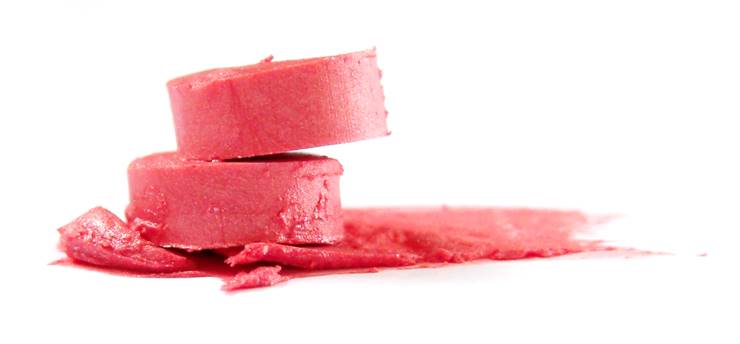Carmine - The Most Popular Shade of Lipstick
Lipsticks can be made in many shades of colors and textures, but one type of lipstick always managed to remain popular and in the forefront of world’s fashion – bright red lipstick that gets its color from the ingredient called carmine.
Carmine (also called Cochineal, Crimson Lake, Natural Red or E120) is a bright red pigment that contains aluminum salt of carminic acid. It can most easily be found as product of some scale insects, most commonly cochineal insects that are native to tropical and subtropical South America and Mexico. Carminic acid that they produce serve the purpose of protection against other predatory insects, and it usually takes from 17 to 24% of insect’s body. This dye has become very popular in general population because of its good mixing properties, and good health compatibility (coal tar based red dyes are linked with cancer).
Manufacture of carmine is done by boiling powdered remains of bugs and their eggs in ammonia or sodium carbonate solution, and then mixing it with alum to filter the remains of carminic acid. What remains is the red aluminum salt pigment that has its purity determined by the presence of the iron in its structure. Various purple shades of carmine color can be created by adding lime in the mix. Another important ingredient in the creation of carmine is sunlight. Exposing the carmine mix to the sunlight creates its brilliant hue.

Another source of Carmine color can be found in fruit extracts, such as ruby red grapefruit juice, strawberry orange juice, pomegranate cherry juice, and others. All these natural pigments have in their structure proteins, which can cause allergic reactions to small percentage of people. Because of that, chemist found the way of synthesizing dyes that have very similar shade of red, but no one has managed to create exact replica. The closest one is FD&C Red #40 that has slight orange tint.
Currently, Carmine dye is used not only in creation of bright red lipsticks, but also for coloring clothes, various items, pharmaceutical products, and even foods. Various governing bodies (such as US and EU) have tight control over the use of carmine in food products. In Europe, every food product that has carmine coloring must have clear and easily read list of all ingredients on its packaging (carmine must be identified there as either “food colour carmines” or “food colour E 120”).



